
Special Brew. It may ‘only’ have two cylinders and a cyclecar chassis, but this homebuilt special is a giant killer on the vintage trialling scene. Words and photography Mark Dixon, trialling images Peter McFadyen. GN trials special. How two cylinders and a cyclecar chassis make for a giant-killer.
If you didn’t know better, Duncan Pittaway would strike you as being nothing more remarkable than a thoroughly nice, good-humoured chap. Like as not he’ll be wearing a proper shirt and tie – although, if he’s been in the workshop, the cuffs of the shirt may be slightly oil-stained – and he’ll appear the epitome of normality. It’s when you engage Duncan in conversation that the truth emerges.
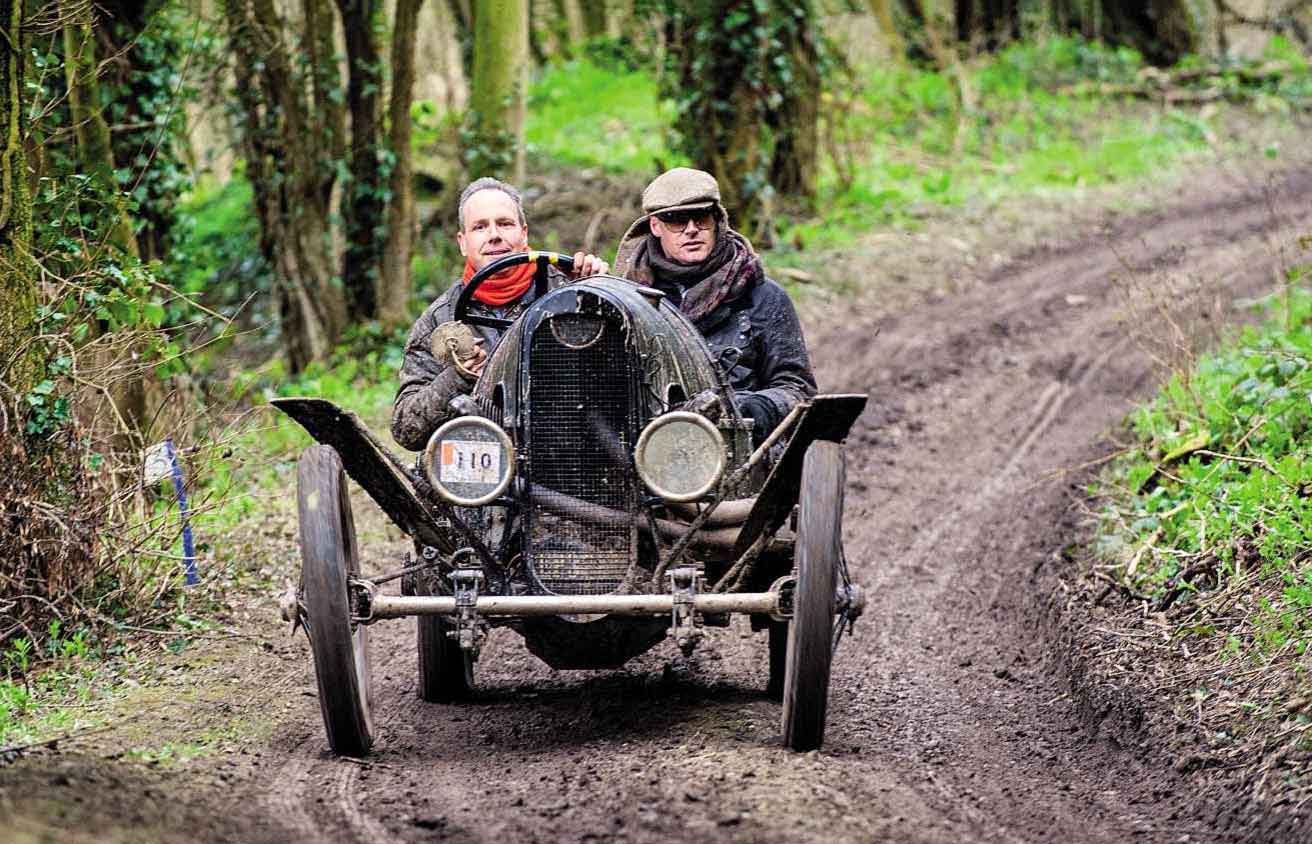
‘I was thrown out of Tesco’s the other day,’ he says in a mock-injured tone. ‘I’d been working on the Fiat and I was desperate to find exactly the right shade of red for the bodywork, so I popped down to Tesco and wandered round picking up anything that was coloured red. But I couldn’t find what I wanted, so I started opening jars of jam to check the colour of the contents. That’s when security turned up. ‘I offered to pay for the jam but they said that wouldn’t be necessary. My feeble attempt at humour – “In that case, can I take the jam anyway?” – didn’t go down too well.’
‘The Fiat’ is in fact the long-lost 28-litre, four-cylinder S76 recordbreaker from 1911, which Duncan is reconstructing using an original rolling chassis found in Australia and an original engine from one of only two cars produced. He’s spent the last eight years scouring the world for all of the S76 components that have survived and is determined to have the car ready for the road by next summer. That will be the first time an S76 has run, let alone been driven on the road, for more than 100 years. Mind you, Duncan’s being saying that for the last three years.
In contrast to the S76, the GN special featured here is a work of whimsy. In essence it’s a big vee-twin engine in a lightweight cyclecar chassis, driving a solid rear axle via chains and a bevel box. But it’s proved a supremely effective trials car, even though Duncan stresses that, for him, looks are much more important than outright performance.

‘Special-building is all about getting the aesthetics right,’ he enthuses. ‘I never built the GN to be a super-successful trials car – you’re restricted in what you can do in any case because the chains and bevel box mean you can’t move the driving position back over the rear axle. And I didn’t want to compromise the looks; I wanted it to be like a GN special that someone could have built in the 1920s.
‘The driver’s no good, anyway! I always seem to be doing really well until the halfway point in the pub, or the end of the first day, and then I’ll cock up one of the sections – the engine will conk out, or I’ll miss a gear or something. On the 2012 Cotswolds Trial I was on course for a win, and then before the start of the last section I was poncing about and chatting to someone, and the car went cold, and when I made the first turn on the section, the engine died! But I’m genuinely not competitive. I just love taking part.’
Duncan started trialling in a Riley 9, which he describes as ‘utterly useless – it would struggle to make it to the beginning of a section, let alone get through the section itself. But it gave me a taste for trialling, and I already had a GN for racing, so I thought a GN for trialling would be fantastic. I started building it about ten years ago but I’d had the bits for ages. Once I started it all came together within a couple of years.’ Foundation of the special is a standard 1921 GN chassis, with GN bevel box (which turns the drive through 90º) and chain transmission using dog clutches. The front axle is a 1923 Frazer Nash item, very similar to a GN’s apart from being stronger and having a wider track, and the brakes – which operate on the rear wheels only – are made up from Triumph Gloria drums with GN internals.
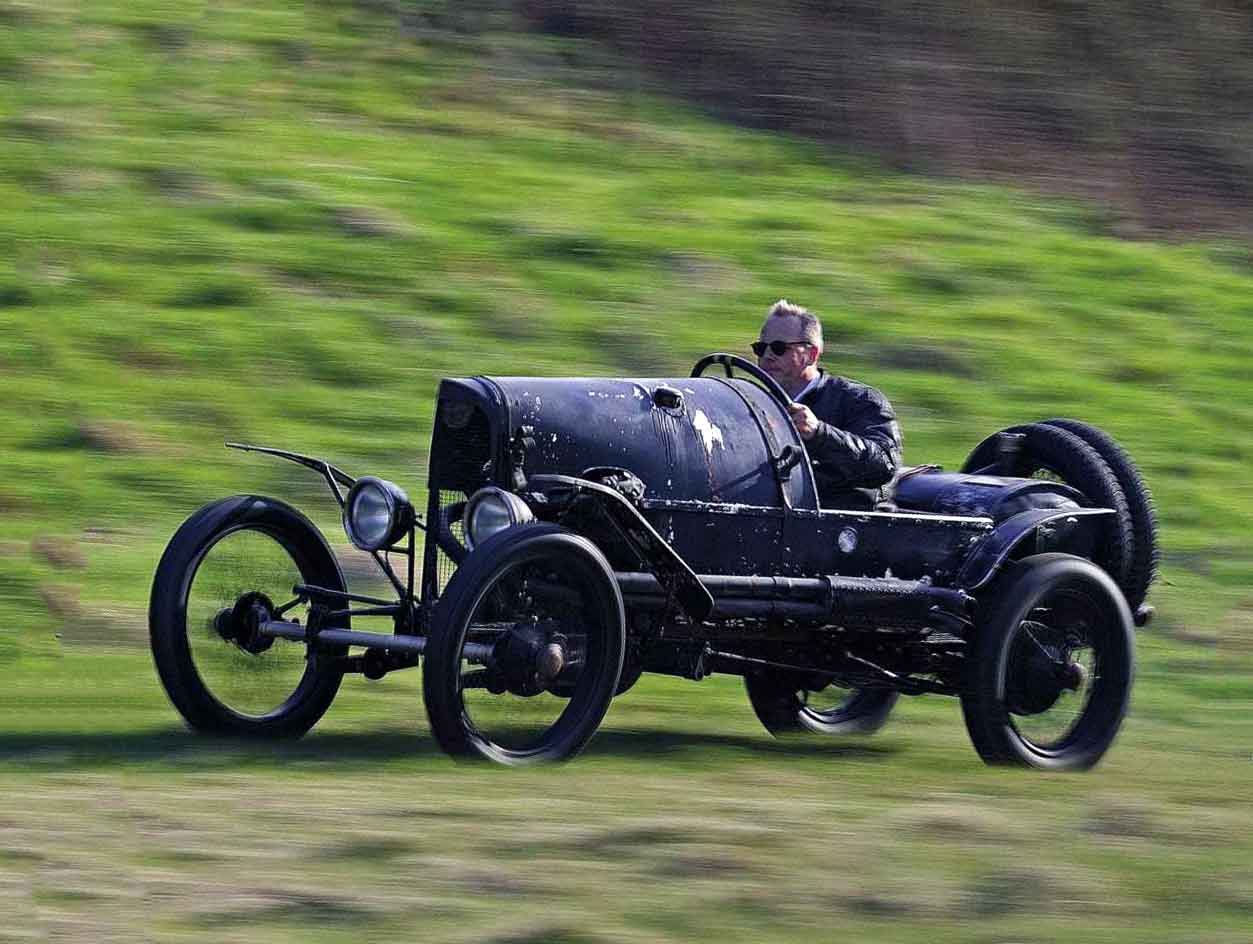
It’s the engine, however, that really gives this special its unique character. ‘The standard GN engine is a 1.5-litre vee-twin,’ explains Duncan, ‘but I didn’t have that; what I did have was the bottom end of an Anzani Cycle Pacer 2.4-litre vee-twin. These engines were used in motorcycles to “pace” cyclists following close behind, so they could benefit from the slipstream and go faster.
‘I thought about fitting motorcycle cylinder barrels, but they’re all too small; and then I was going to make some from scratch, but that looked like too much effort. And then I was visiting a friend’s dad who restores old aeroplanes, and I spotted in his lean-to the remains of a Continental A-70 seven-cylinder radial engine. It had been stood outside for years, so the bottom cylinders had rotted into the ground, and the crankcase had been smashed by people robbing parts out of it – but, because the camshafts had been nicked, the valves on the uppermost cylinders stayed closed and the internals were perfect. I was even able to re-use the pistons.
‘I made new con-rods from billet steel and ended up with an oversquare design of about 3.4 litres capacity. The carburettor is a sidedraught early-20s bronze Zenith. Originally, I fitted a fabulous old SU but, while the engine ran, it ran incredibly badly. So I rang Mark Walker (infamous VSCC specials builder, and restorer of the 1905 Darracq Land Speed Record car featured in Drive-My US) and he said, “Well, that’s because SUs are crap on vee-twins!”
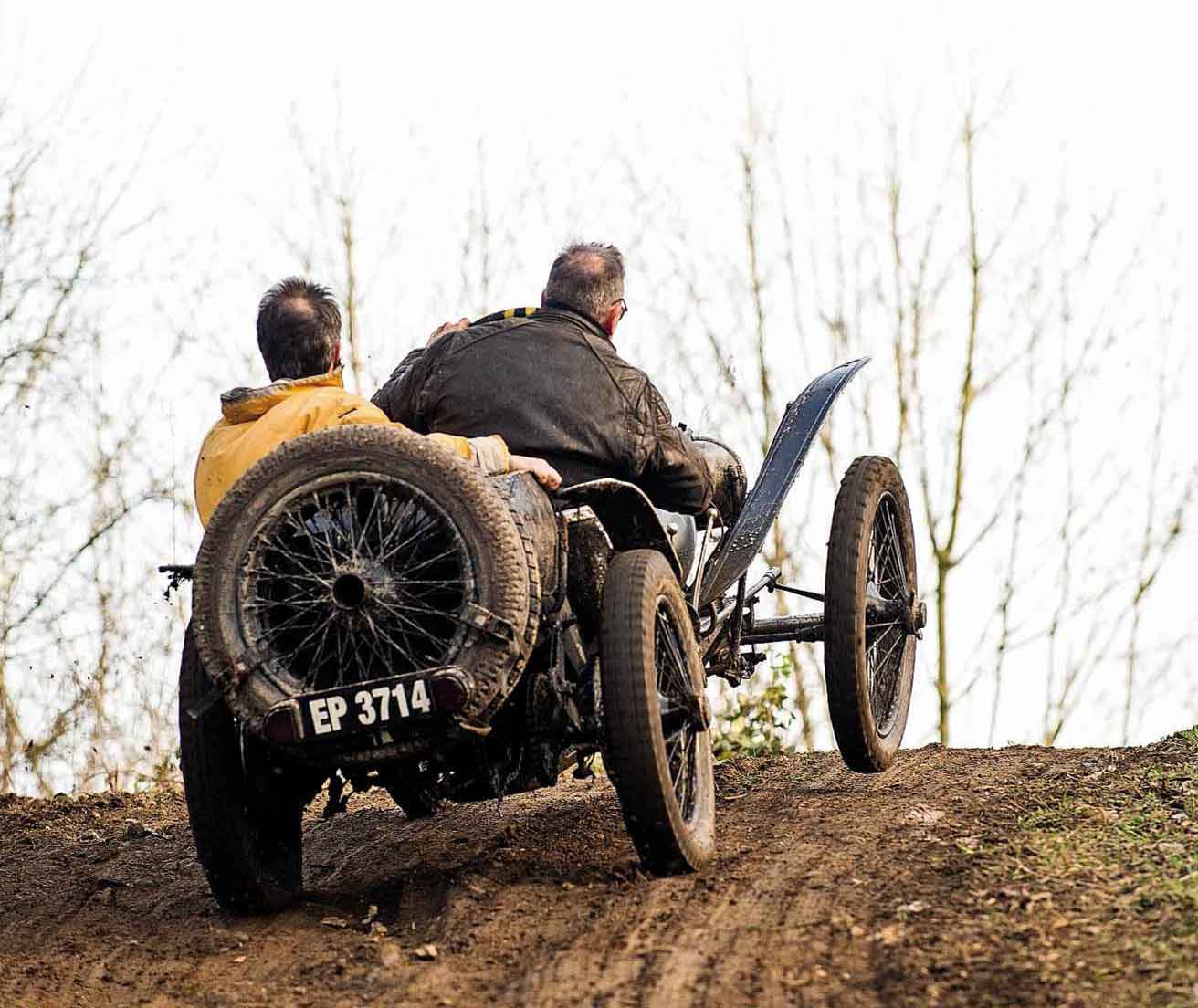
‘I happened to have a bronze Zenith on the shelf and the mounting holes looked similar, so I bolted that on and ten minutes later the engine was ticking over like a watch. I couldn’t believe it. Since then I’ve swapped it for a larger, 42mm Zenith that I found at Beaulieu Autojumble, because I learned the hard way that if you bore the venturi out too much, then the carburettor stops working…’
Beaulieu Autojumble was the source of much of this car. Duncan is particularly proud of the Ramsden’s Super Sparker that sits on the left of the dash. It’s a glass-fronted little metal box with a number of gapped terminals visible inside, to which the ignition leads attach. The idea is that, by forcing the electrical impulse to jump a gap en route to its plug, it intensifies the final spark – and, if the engine is misfiring, you can see which cylinder is at fault.
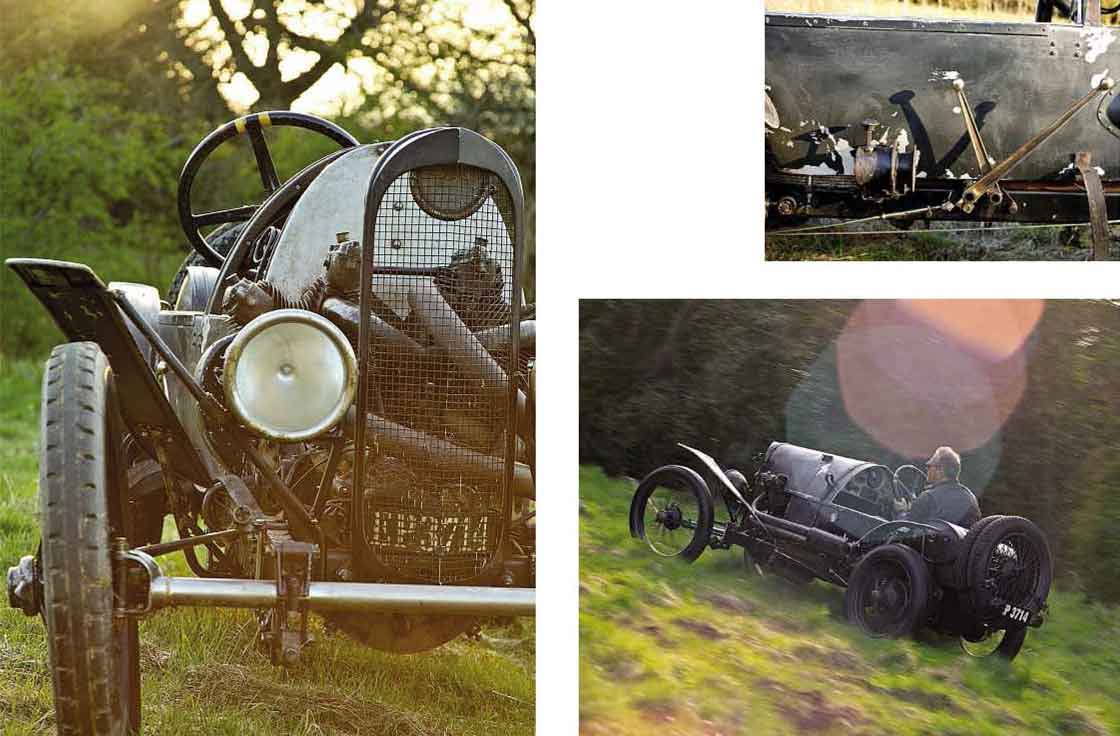
‘This is what Harry Ramsden made before he got into fish-and- chip shops,’ jokes Duncan. ‘I bought two of them as new/old stock at Beaulieu, and now I know why they’d never been used. All you end up with is a myriad of sparks at the back of the dash. When I had a breakdown in the middle of a trial section, I disconnected the HT leads from the Ramsden’s Super Sparker and spliced them together with some paperclips that I pinched from a marshal, and then wrapped the whole lot in gaffer tape. I fully intended to replace the leads when I got home. That was three years ago.’
Other Beaulieu funds include the revcounter, which is from a 1920s Cirrus Moth biplane, and the steering wheel, which is from a Vauxhall 14/40. It’s the second example Duncan has fitted, having broken the first when he tipped the car over during (he thinks) the Derbyshire Trial, with his 13-year-old daughter on board. ‘We were both fine, and Molly now has the broken wheel hanging on her bedroom wall.’ The bodywork was the only job that Duncan subcontracted, and it was brilliantly fashioned from aluminium by Keith Hill – twice, after Duncan insisted that it had to be made really narrow to preserve the GN’s proportions, and then discovered that two people couldn’t actually fit in it, side-by-side. The patinated matt-black paint job has nothing to do with the artificial ageing currently popular with certain vintage car owners. ‘I was in such a rush to get it ready for its first trial, I didn’t have time to use etch primer,’ explains Duncan. ‘When I pressure-washed it after the trial, half the paint came off.’
Look closely and you’ll see traces of a mysterious orange fabric, a kind of fake fur that used to adorn the scuttle ahead of the cockpit. Much in the way that John Bolster named his famous pre-war special ‘Bloody Mary’ to embarrass prudish commentators, the orange fur earned Duncan’s GN a nickname that’s too rude to repeat here. Perhaps fortunately, a subsequent pressure-wash detached this unique feature and it was never seen again.
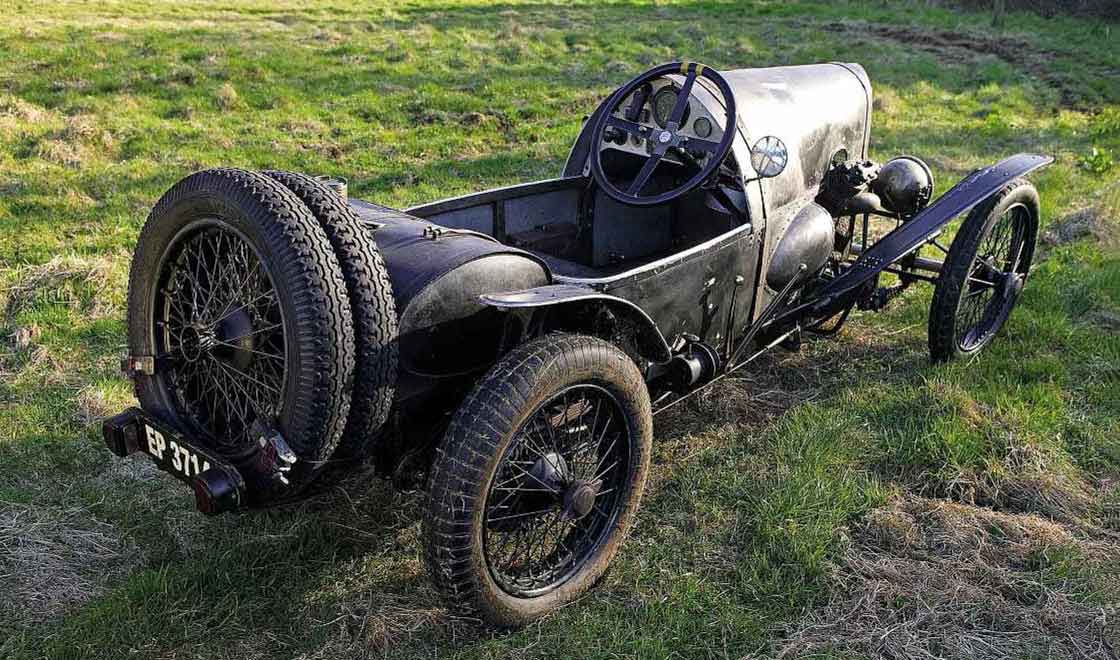
Why, though, is there an open-jawed spanner clamped beneath each front spring? ‘I broke a spring on a trial, and finished the event by cadging Mole grips from every passing vintage car and clamping the leaves together,’ explains Duncan. ‘To fix the car in time for the next event, it seemed easiest to rob the front springs from my racing GN. But I forgot that I’d lowered the front end on that by reversing the spring eyes, so they rolled upwards rather than downwards, and I didn’t realise that there was now a two-inch ride height difference until I was at scrutineering for the trial!
‘By slackening each spring mount and inserting a spanner between spring and chassis, the back of the spring was cantilevered up and the front moved down, restoring the front-end ride height. It’s become quite a conversation piece.’ While any conversation with Duncan is guaranteed to amuse, we’ve chatted long enough, and it’s time for me to fire up that monstrous vee-twin and have a play in the field behind Duncan’s farmhouse. The starting procedure is conventional enough by vintage car standards – except that you can’t declutch to help the engine turn over, because the starter motor drives the bevel box and propshaft to the engine, rather than acting on the engine flywheel.
You pressurise the fuel tank by hand-pumping it, like blowing up a bicycle tyre, until a handful of psi registers on the Enots gauge. You turn on the ignition switch (another Beaulieu find, natch), retard the ignition with a cycle-type lever, then press the starter button. With luck, the engine will now erupt in a clattery bellow, exhaust barking through the shotgun pipes mounted on the nearside, and the revs then falling to a ridiculously slow frap-pop-pop, frap-pop-pop rhythm. The pedal layout is conventional and there are four forward ratios to explore with the outside gearlever. A lively start is guaranteed by the short-travel clutch, and first gear seems to be remarkably tall – but this is a real stumppuller of an engine, so it will lug away from stupidly low revs. ‘At first you tend to use much higher revs than you need to,’ shouts Duncan above the clatter of the vee-twin. ‘It’s actually much nicer if you drive it at slower revs.’
So I putter away gently and let the torque of the engine do the work, and soon we’re bouncing merrily over the tussocky grass, travelling at a respectable speed even in first gear. Dare I snatch second? No need to double-declutch in the GN; in fact, because the gearbox uses dog clutches, you actually need a slight rotational speed differential to ensure they will engage, so you pause briefly between ratios and then pull the lever into second gear with a muted ‘thonk’.
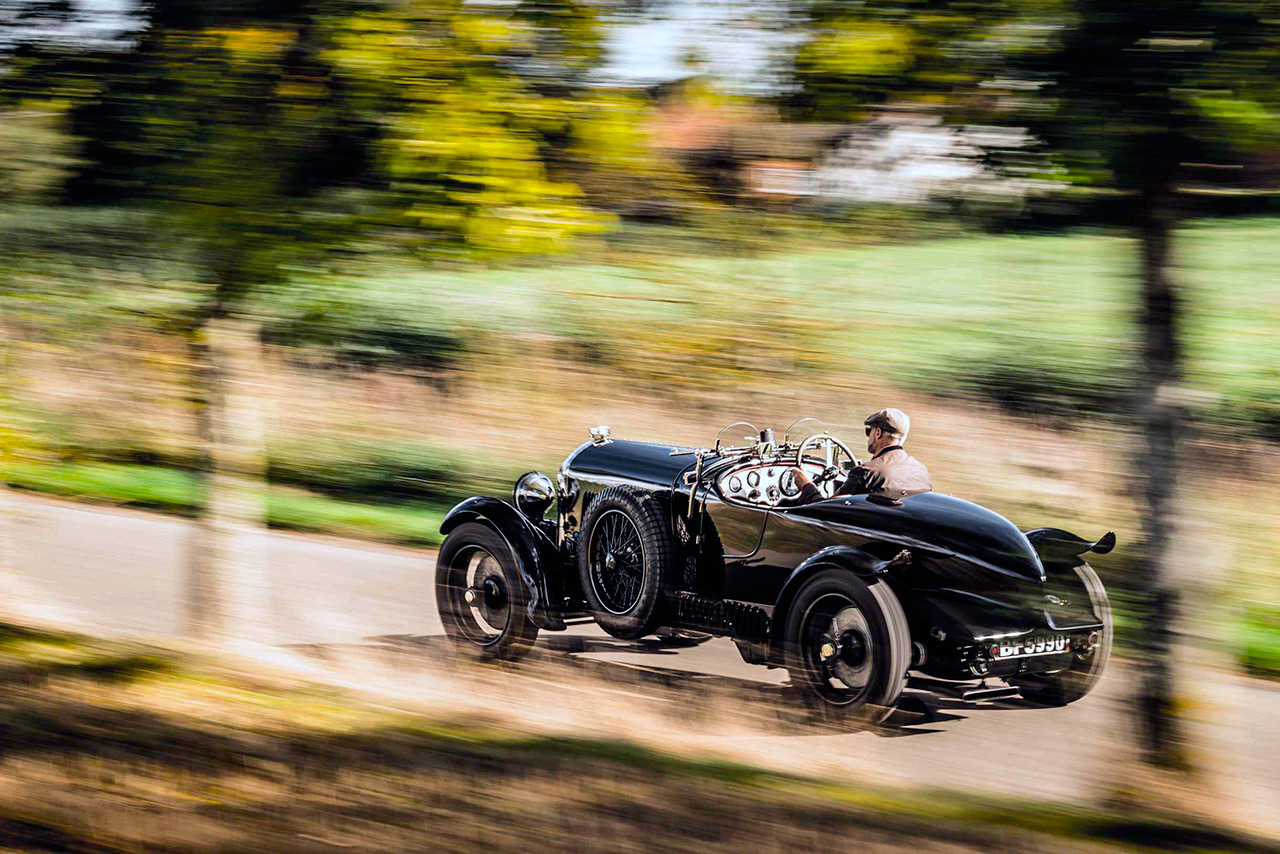
Now we’re in second, I can build a bit of speed to tackle some of the hillier sections of the field. Not enough speed, as it turns out: even with a solid rear axle it’s amazing how difficult it can be to overcome slippery, damp grass with two-wheel drive. Which, of course, is exactly why trial driving is such an addictive art.
‘I broke a front spring on a trial, but finished the event by clamping the leaves together with mole grips’
When I’ve tired of bouncing round and round the field, Duncan takes me out for a proper blast in the GN in the narrow lanes that crosshatch this part of Somerset. This is where the narrow footprint of the GN really shows its worth: inch-perfect positioning is easy thanks to the near-horizontal front wing tips and the direct steering.
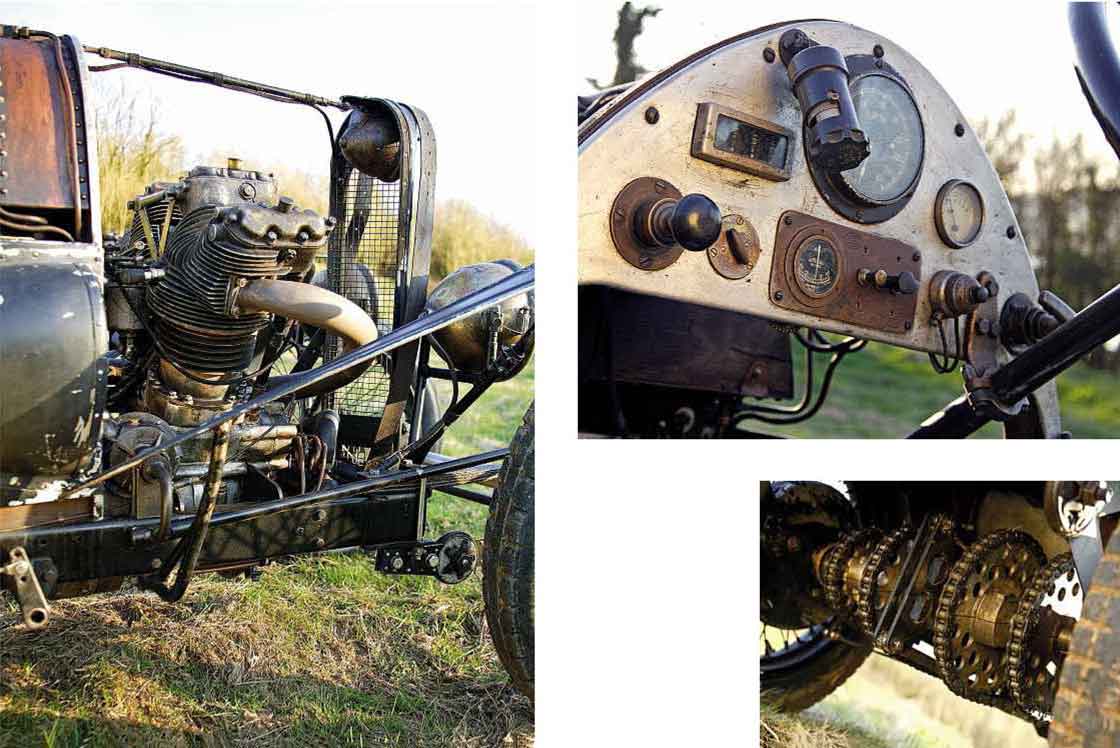
As we accelerate uphill with a lazy whop-whop-whop from the vee-twin, I’m reminded what a great road car this is. It’s noisy, it’s exciting, it’s dripping with character, and yet it’s also utterly reliable; even the chain-driven gearbox, the reason why so many Frazer Nash owners’ fingernails are permanently dirt-blackened, has given no trouble at all. And, because there’s no radiator to boil, it will sit happily in traffic for hours – ‘although it’s hard to act cool when you’re stuck in a jam,’ laughs Duncan, ‘because it vibrates so much at tickover that if you rest your chin on your hand, you end up punching yourself in the face!
‘I spotted the remains of a radial engine, the lower cylinders rotted into the ground’
‘The fantastic thing about building specials is that you can do the impossible – you can open a shed and find your dream car. Remember all those stories from the 1950s, about how Bill Boddy would go round the back of a pub for a pee, and find an old Shelsley special tucked away – well, that’s no longer possible; but with a bit of imagination you can make your own. You can wander around Beaulieu and be inspired.’
TECHNICAL DATA FILE SPECIFICATIONS 1921/28 GN Special
ENGINE 3.4-litre (approx) GN/Continental vee-twin, twin-coil ignition, Zenith 42mm carburettor
MAX POWER 55bhp (estimated DIN)
TRANSMISSION GN four-speed transmission by bevel box, chains and dog-clutches to solid rear axle
STEERING Pinion and crown-wheel
SUSPENSION Front: Frazer Nash beam axle and quarter-elliptic springs, lever-arm dampers. Rear: GN solid axle and reversed quarter-elliptics, lever-arm dampers
BRAKES Triumph Gloria drums with GN shoes, on rear wheels only
WEIGHT 500kg (estimated)
PERFORMANCE Top speed 70mph.0 -60mph 15sec (both estimated)





